The true goal of remodeling a home is to create a home theater room. After you’ve completed the necessary work of repairing windows or installing flooring, now is the time to focus on more important matters: your entertainment requirements.
A home movie room does not consist of a couch and a screen. If you want to get it right, you will need to do some minimums like controlling the outside light and casting an adequate picture. Create a home movie room by following these tips.
1. Make Your Movie Room a Special Space
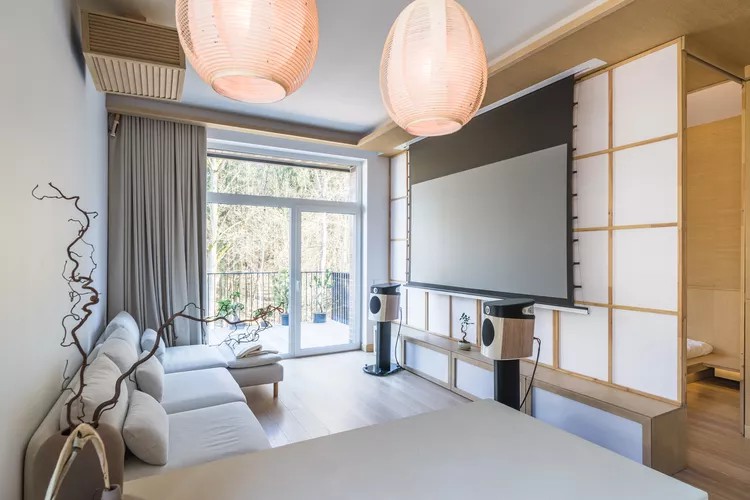
A dedicated home theater is a room that is solely used for watching movies on a large screen. In this home cinema, the main activity is to watch movies. Screening is more important than ever before, thanks to streaming services such as Amazon Prime, Netflix and Hulu, in addition Blu-ray movies and video games, and traditional cable TV.
The cinematic experience is diminished when the home movie room shares the space with other activities. When the non-dedicated theater shares an open floor plan with the kitchen, cooking smells and sounds invade. When the movie room is in the living room, there may be other people present and the light can be difficult to control.
2. Control Ambient Light
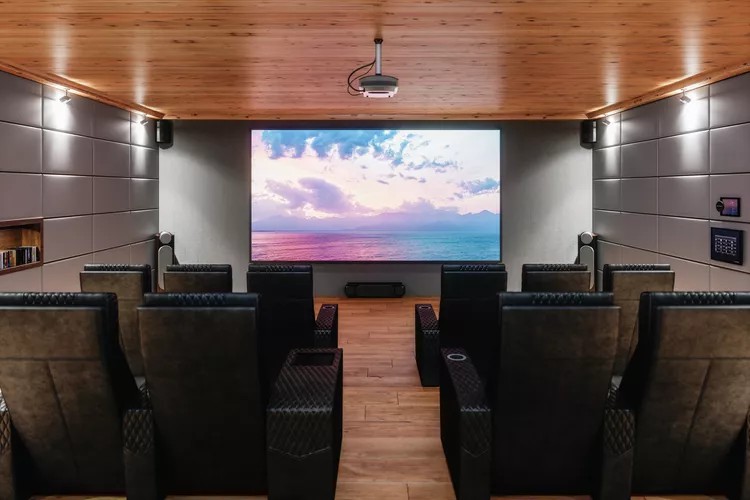
Ambient light is unwanted or unwanted light. Ambient light is light that comes from outside the movie room. This includes light from windows, light under and around doors and artificial light inside the room.
In most home renovations, you try to add more light. You want to do the opposite in home movie rooms. You want less, not more light.
Light-bleed kills video projection images. Even flat screens that are brighter benefit from lower lighting.
You will need a video projector that has a high lumen rating if there is ambient light in the room that you can’t control. The best way to deal ambient light is to stop it from happening by choosing a place that has minimal light, like a basement. If you can’t do this, then limit the light by using light-blocking shades and curtains.
3. Control Ambient Sound
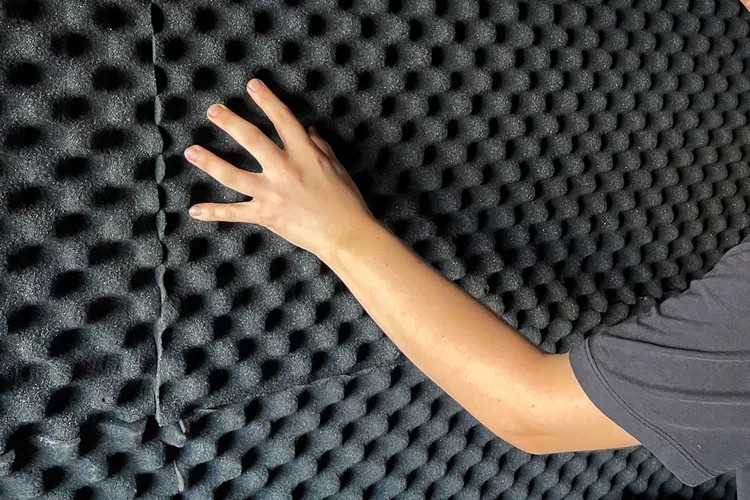
Ambient sound is any unwanted sound that comes from outside your home movie room. Even if you manage to find the perfect space for your home theatre, noises from outside can ruin the viewing experience.
Ambient sounds can ruin your home theater audio. They include the dishwasher and clothes washers and driers. Other rooms, people, kitchen noises and plumbing noises are also examples.
The first step in controlling outside noise is to create a dedicated area. You need to go a little further than that.
-
-
- Soundproof your room with a second layer or by replacing the drywall with a special sound-reducing wallboard or foam like QuietRock.
- Replace your hollow core doors with solid doors.
- Install thicker curtains to block out light and absorb sound.
- Seal cracks using caulk.
-
4. Build a Proper A/V component rack
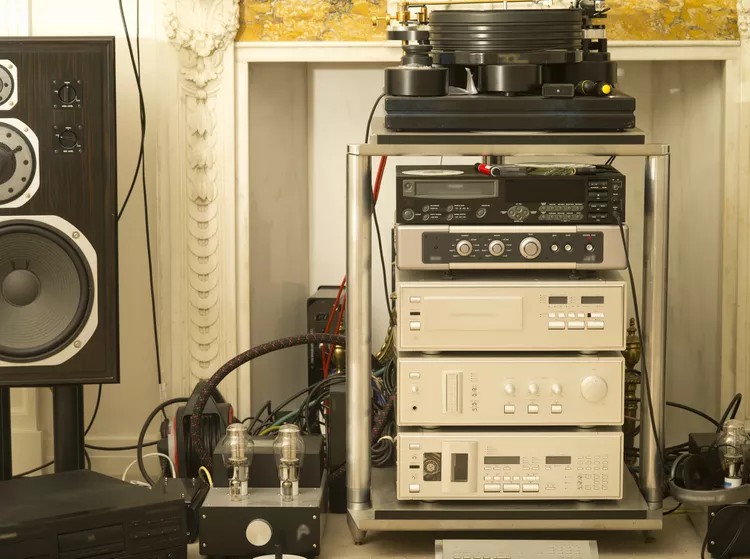
The A/V rack is the central location for all your source components. Consider the A/V rack to be the central brain that controls all entertainment-related activities in the movie room.
From here, you can control source components like a Blu-ray Player, cable box, streaming media box (like Roku) and home theater tuner.
You must place the A/V rack or stack near an electrical outlet. An Ethernet source wire should be available to ensure a reliable and unbroken connection. It is not always best to place the A/V components on a GFCI socket unless it is required by electrical code.
5. Ventilate A/V Rack Properly

The A/V component shelf should be well ventilated since components can create heat. This heat can cause damage if it is excessive. 2
A/V racks that are open in the front and back are available to purchase. You can also build your own A/V Rack.
The rack must be strong enough to hold electronics. It should also be open from the front, back and even sides, if that is possible. Use a metal mesh as a platform to place electronic devices. This will promote ventilation.
6. Make the Movie Room Look like a Cinema
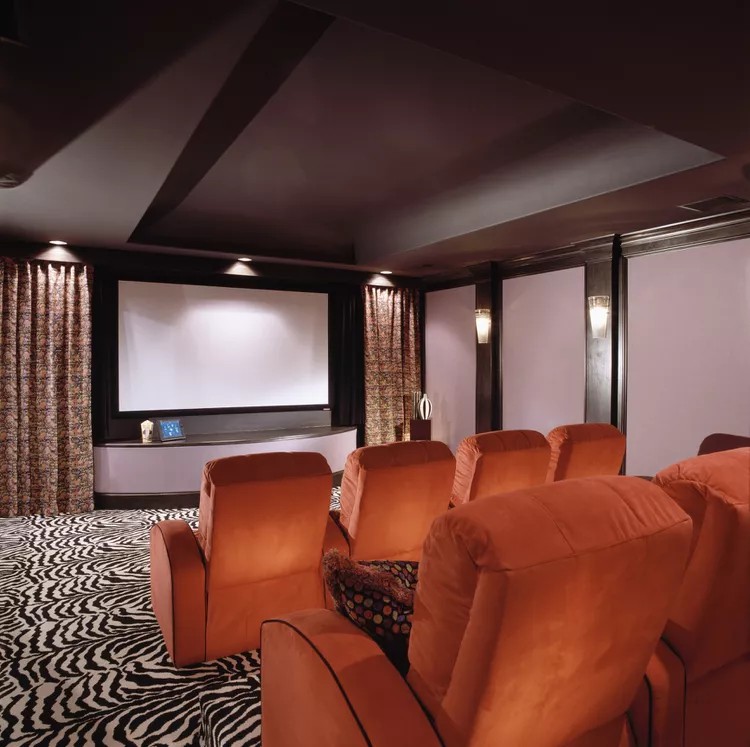
What is your vision for a home cinema room? Some homeowners envision a classic movie theater with red-velvet walls, sconce lighting and tiered seating.
The seating in modern commercial theaters is often arranged in steeply tiers.
The framework for tiering home cinema seats is made of 2×6 or 2-by-8 boards arranged on edge. The top is made of three-quarter inch interior grade plywood, and the carpeting is placed on top.
7. Control sound within the Home Movie Room
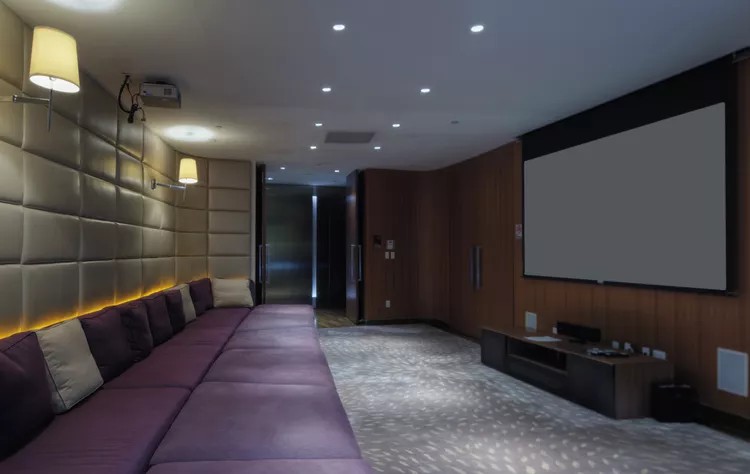
Home theater audio bounces off the walls, ceiling and flooring. To achieve the perfect sound in your home movie room, you need to limit that bounce.
-
- If wall to wall carpeting doesn’t appeal to you, it’s perfect for your home theatre because it reduces the amount of audio bounce.
- You can install draperies and other soft materials on the wall.
- Soft, cushioned seating absorbs noise better than furniture with rigid elements.
- Picture frames with glass reflect sound. Consider framing your posters and pictures without glass.
8. Add a Movie Screen Dropdown
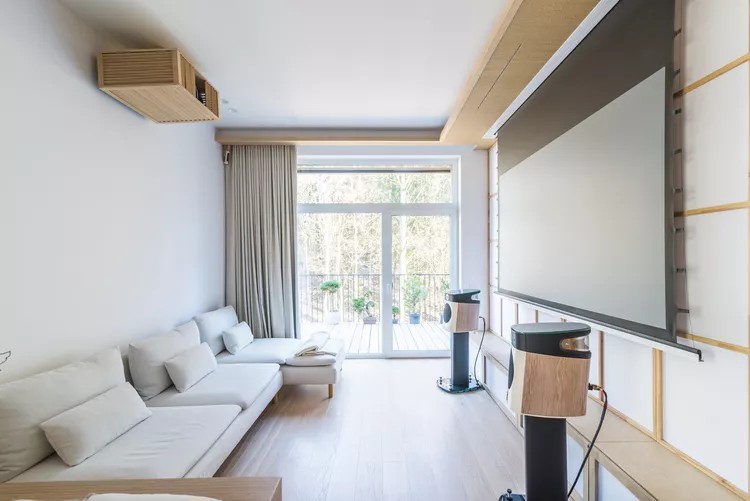
You can hide the screen when you’re done watching your show with a video projector. Flatscreen TVs cannot be hidden.
Movie screens can be manually lowered or raised. You can also invest in a movie screen that is powered by electricity and lowers or raises with the push of a button.

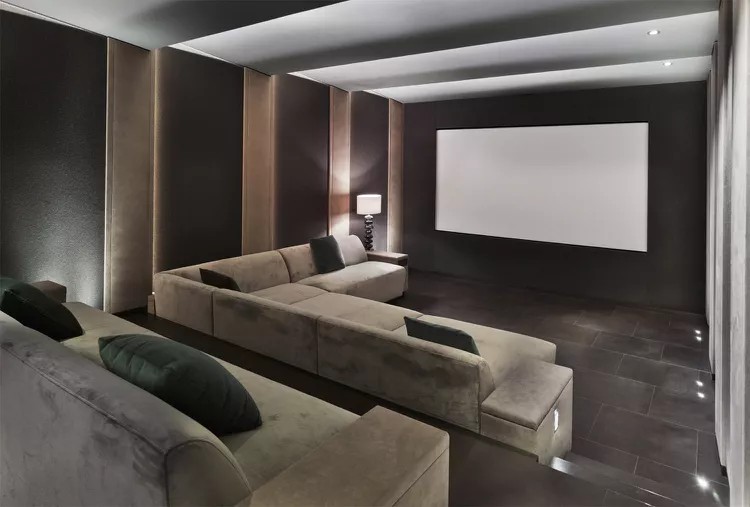
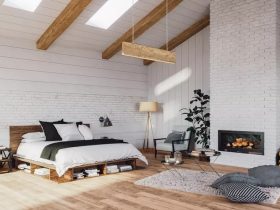


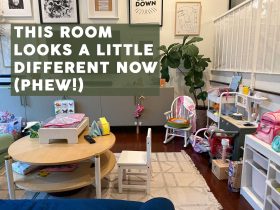
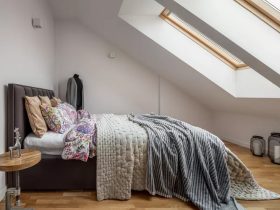
Leave a Reply